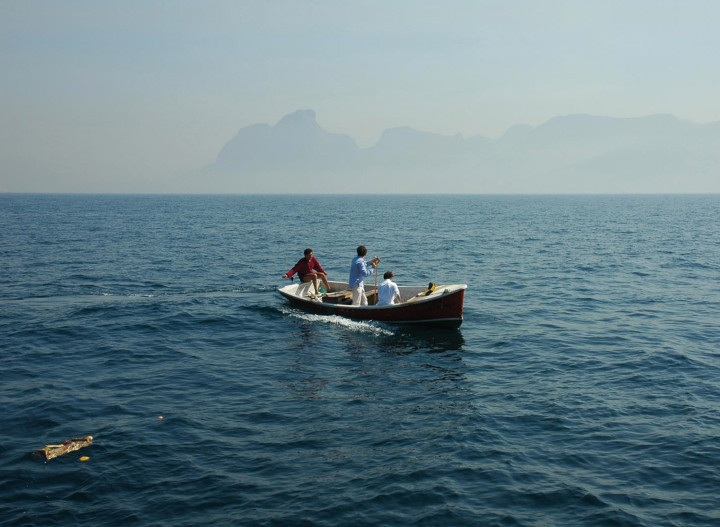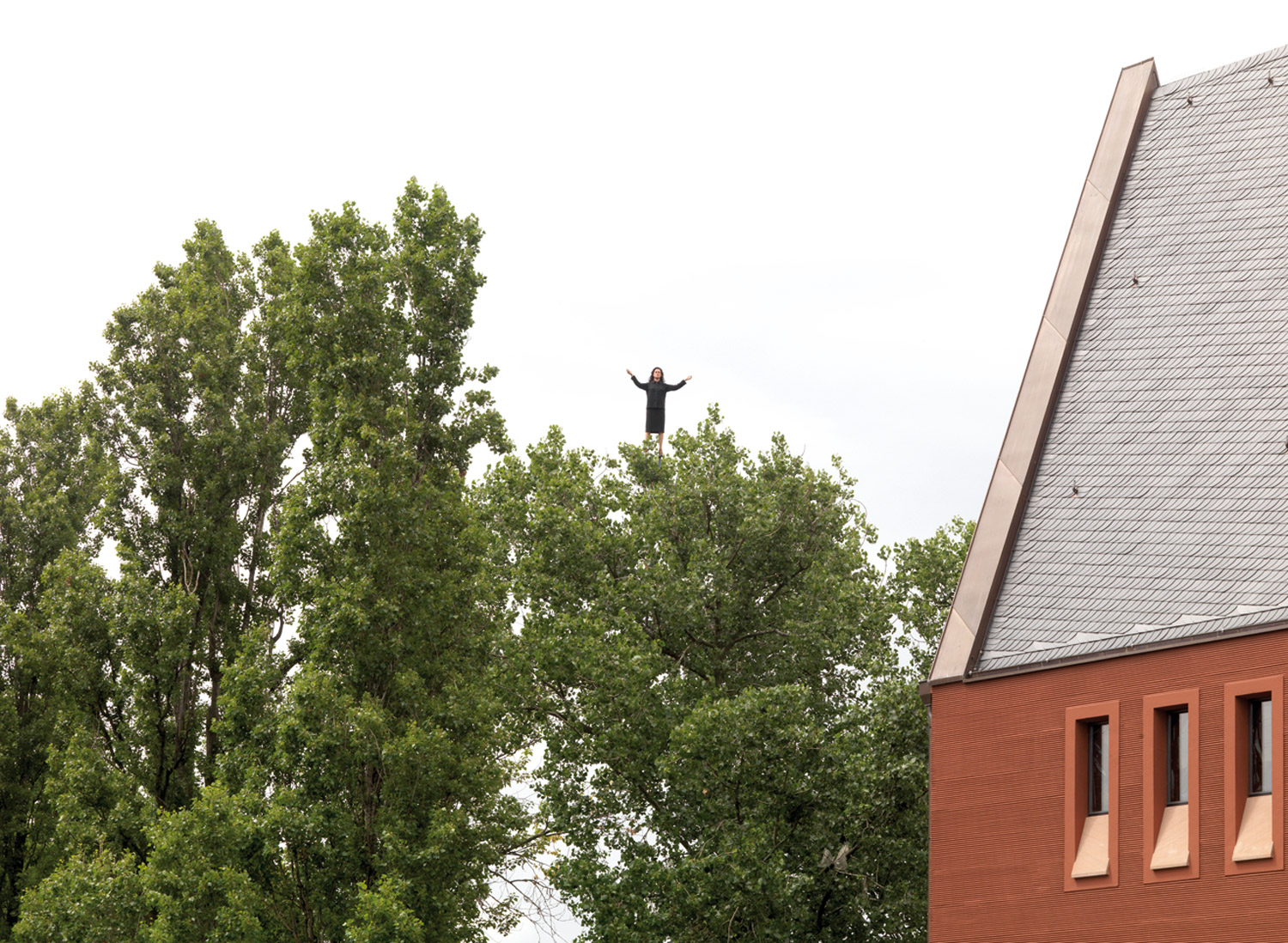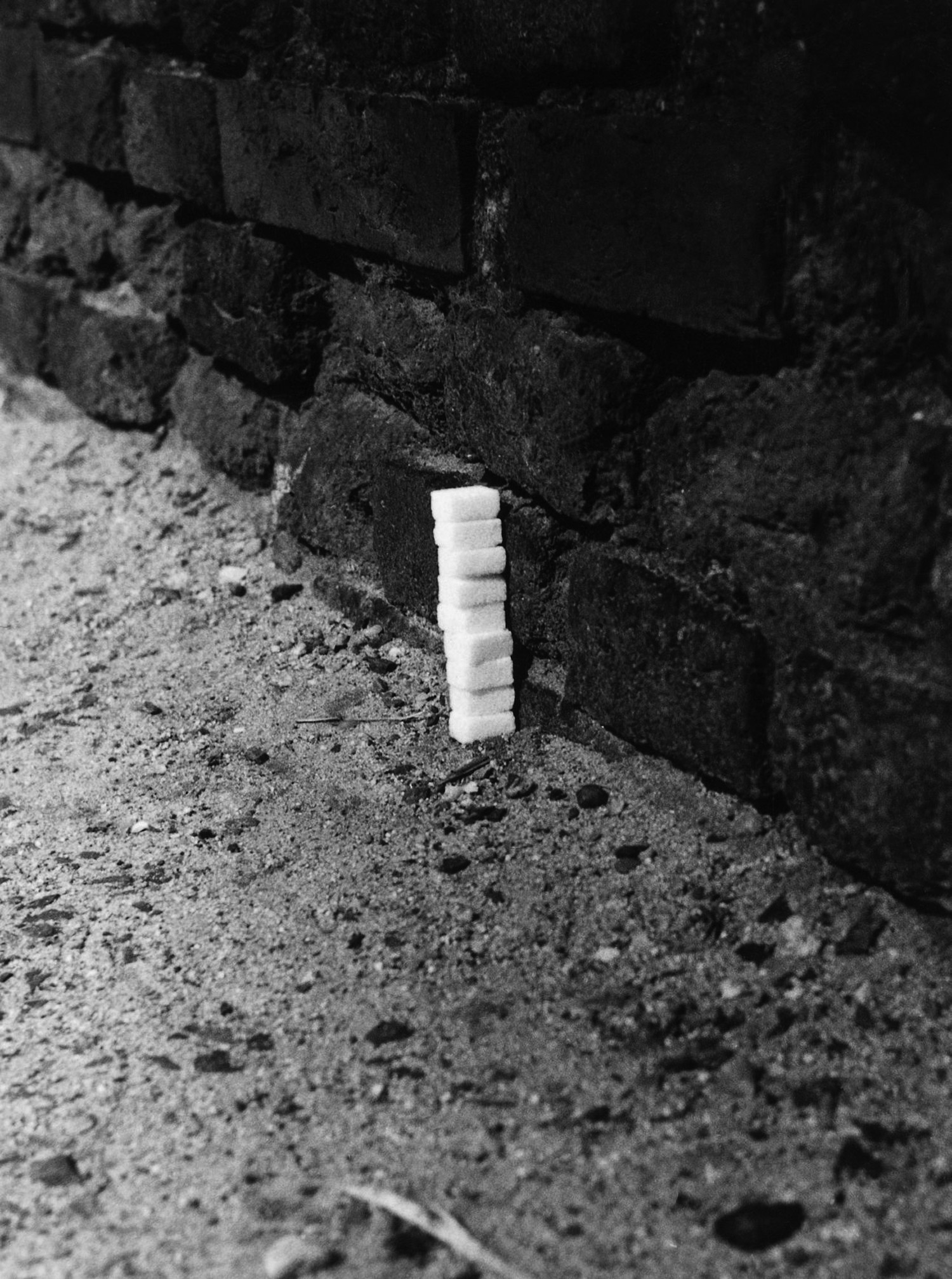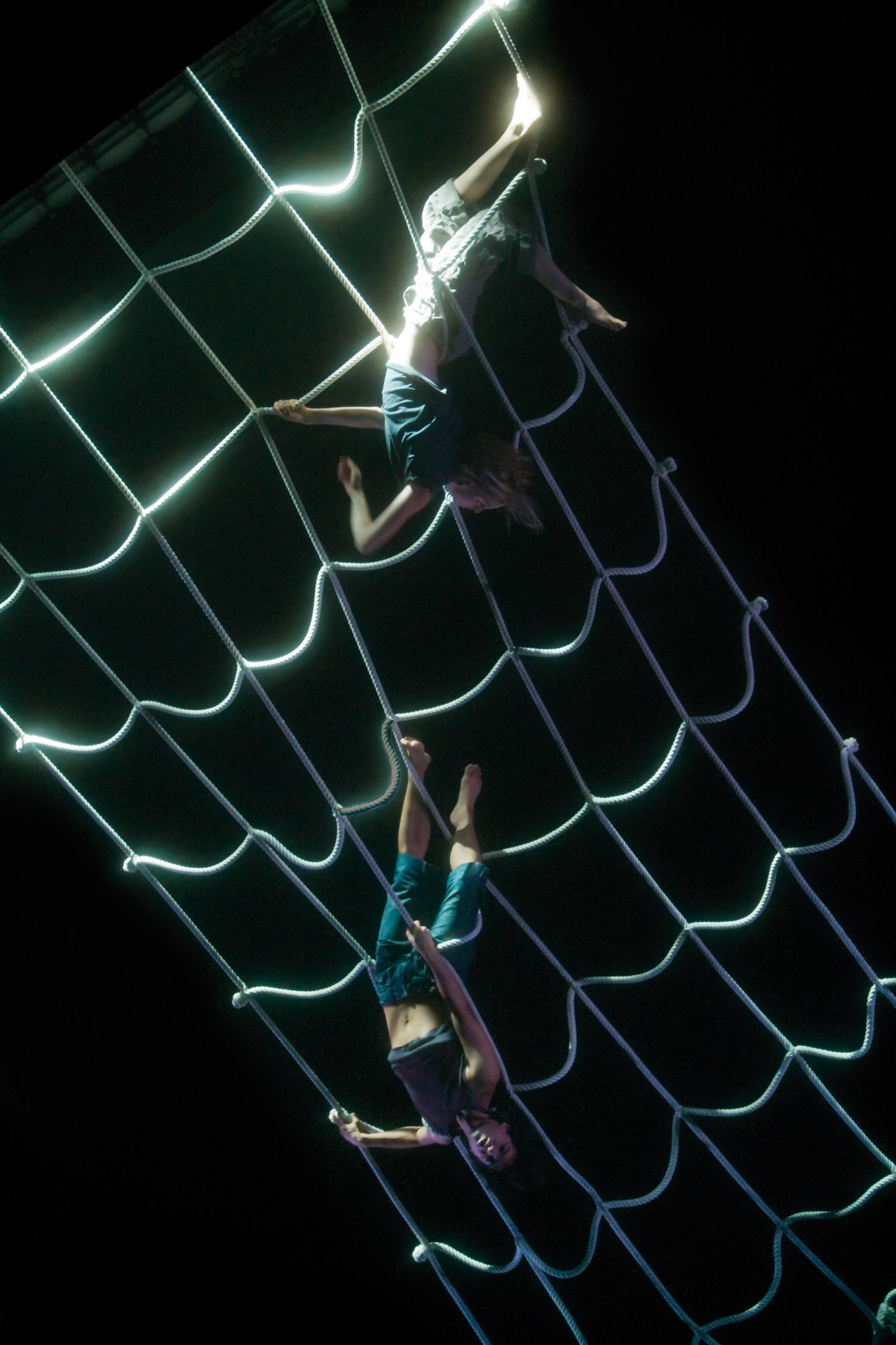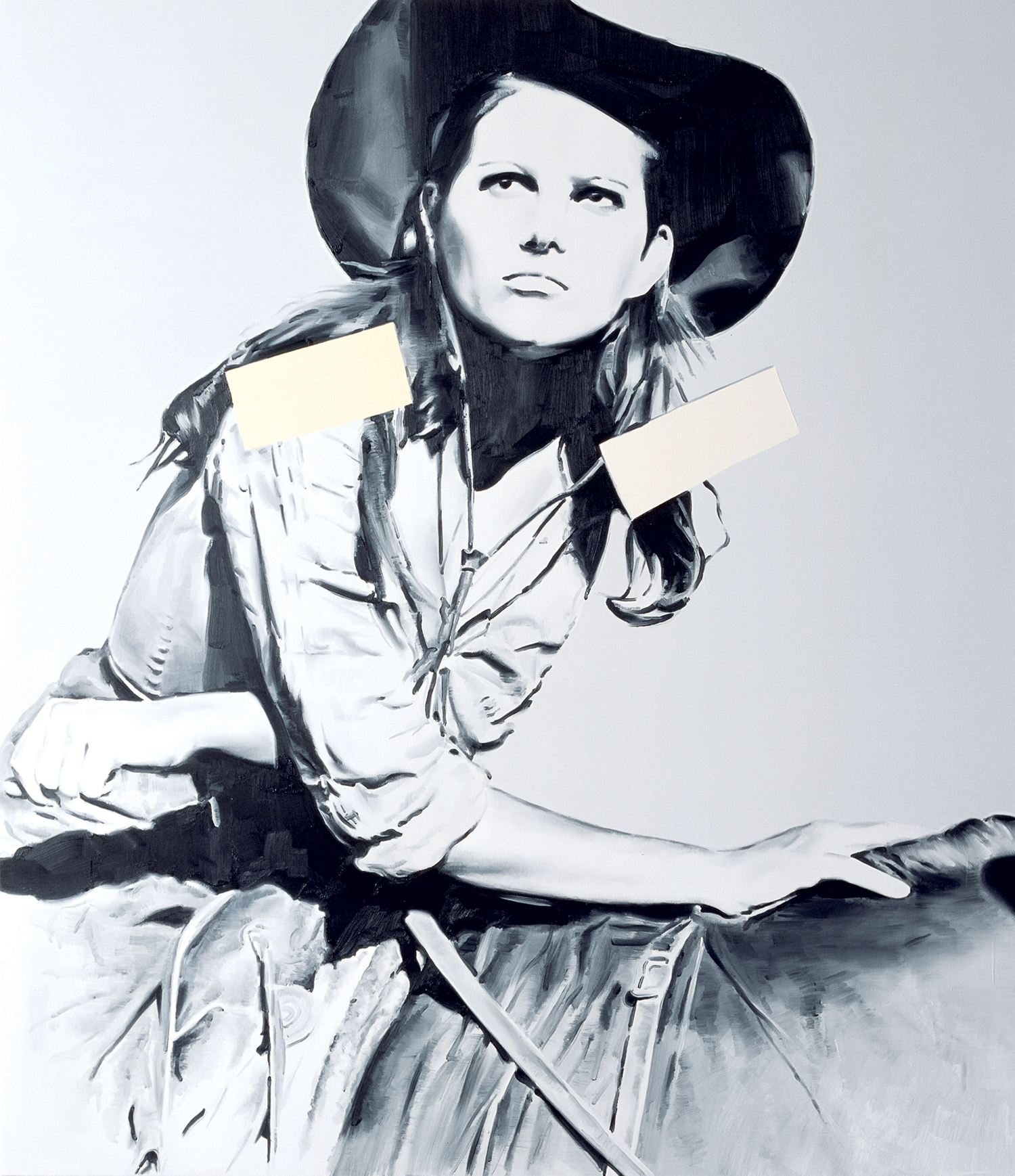
In a recent conversation, the French dancer and choreographer Jérôme Bel articulated a distinction between the ‘fine arts artist,’ or ‘visual artist,’ and the dancer or actor: dramaturgy, that is, time-based work. What trace of dance still remains in the museum? The spectator’s body penetrated by the choreographer, Jérôme Bel’s headphones or the insistent regard of Tino Sehgal’s stripteasers.
Here I would like to discuss what develops, now at the beginning of the 21st century, after the action, from performance props, from today’s objects, and how they are to be considered.
What should be done with what’s left over? What is the status of objects after a happening, event, action or performance? Do they take on a new status, and if so, what? How should one present these objects? Like separate, consummate works? Like documents, fetishes, leftovers, indices? With these questions in mind I’ll address the work of ten artists who are establishing a new set of stakes.
The Artist’s Body
For Mike Kelley, artistic experience is created through an interaction with an object or a film. This process, both of identification and detachment, approaches the disquieting eeriness developed in his catalogue essay “Playing with Dead Things: On the Uncanny” (1993), which accompanied his exhibition “The Uncanny.”1 He notes the powerful role played by certain objects — notably mannequins and fetish dolls, their scale changes in particular — in the shift from the real to the symbolic. “I didn’t keep any of the residue, or document those works… Without me, it was no longer a sculpture,” he said.
One should note that it is the artist’s body that transforms the ensemble of actions and objects into sculpture.
A work lasts only so long as the artist, objects and spectators share a space. The same is true a priori for a detachment from representation in the theatrical illusion of a common present. And yet Vito Acconci’s gesture in 1973, at Galleria Schema in Florence, Italy, when he violently pushed a young woman in the audience, demonstrated that the boundary, however tacit, between the stage and the public still persists (Ballroom). At this point, wouldn’t the real stakes of performance today be in objects rather than in a pseudo-interaction with the public?
The artist’s body is a sculptural vector for Mike Kelley, as well as for Bas Jan Ader and Wolfgang Stoerchle, two European artists who were working in Los Angeles in the ’60s and ’70s.
These artists all use language, sound and movement like materials for stage scenery.
Bas Jan Ader’s work reveals an aesthetic in which the disappearance of the body transforms objects into remnants. “He shared a common territory with Bruce Nauman and Chris Burden, who likewise used performance to ‘write’ verbal formulae with their bodies. By 1973, he had moved on to combine performance and inscription in more indirect ways. In Search of the Miraculous (One Night in Los Angeles), completed in 1973, documents a dusk-to-dawn journey, undertaken by the artist on foot, from an inland valley in Southern California to the sea.”2 Adopting California clichés as European imagery — urban drift, peregrinations, sunset — Bas Jan Ader subtitled his piece with excerpts from pop songs. In another piece, he arranged all his clothes on the roof of a house (All My Clothes, 1970), like the sloughed off skins of an absent body. Fatalistic premonition? In any case, his last piece, the now mythic In Search of The Miraculous (1975), would have been the final chapter of a three-part work, before finishing with an exhibition at the Groninger Museum, the Netherlands. Bas Jan Ader decided to cross the Atlantic alone in a sailboat and disappeared definitively.
In 2006, Julien Bismuth (Paris, 1973) and Jean-Pascal Flavien (Le Mans, France, 1971) created Plouf! off the coast of Brazil. The two artists board a sailboat and simulate a shipwreck. As the boat goes under, they wave colored flags as distress signals. The text in itself is a series of fragmented stories, interrupted or scrambled by others (as often happens to messages at sea), interspersed with phrases pulled from nautical manuals (“I am drifting… The way is of my ship…”).

At the end of the performance, only three things remain: the images, the flags and the text. The text and the flags depend upon each other in order to make sense. The flags clarify certain parts of the text, just as the text explains the presence of the flags.
Semaphore becomes colorful sequences or animated tableaux. The quotation and the détournement proceed from the displacement, or the translation, of one dimension into another. The same goes for a return to the symbolic through the prop, with a lighthearted awareness of the history of performance. Detachment sidesteps any simplistic fetishizing in the work of Catherine Sullivan, such as in her 2004 reprisal of the 1964 Fluxus Festival in Aix-la-Chapelle (Aachen, Germany) in Tis a Pity She’s a Fluxus Whore (2002), premiered at the 7th Lyon Biennale of Contemporary Art in 2003, or in 2004, when she x-rayed the Fluxus collection of the Musée d’Art Contemporain de Lyon.
These two examples show how emphatically these questions of re-interpretation — and thus of the transfer of isolated, heroic gestures into a repertory, like in theater — are posed.
The Young Scene: Materials and Settings
For the youngest artists, who never attended the events themselves, the history of performance is transmitted through photographs and books. This raises the question of the authority to commit shameless reprises and to produce new interpretations.
How can a work such as this be transmitted? In the case of Guy de Cointet (1934–1983), the artist left a repertory of twenty works. In his oeuvre, the status of objects is determined: they are sculptures before and after the performance. They become accessories, texts or characters during the action, but may be exhibited independently afterward. In his theatrical performances, language is hypostatized in color-coded objects, the same as in his drawings, where the network of lines reveals a narrative. Drawing inspiration from “soap operas” and their rhythmic interruptions of commercials and ready-made images, he directly incorporates snippets of overheard conversations and excerpts from life in his dialogues. These “props,” as well as his drawings, compose a narrative only revealed in fragments.
In Tell Me (1979), A New Life (1981) and The Bride Groom (1983), the manipulation of objects activates the text. The cryptic text continues to work in the spectator’s mind after the action has concluded — quite similar to the first performances of Mike Kelley who, like Paul McCarthy, was influenced by Cointet. Persectaphone (1978), for example, uses sculptures to support a discourse that, though intended to explain the objects, make less and less sense and disintegrates little by little.
In his recent performance Leipzig Calendar Works (2005–07), Tris Vonna-Michell (Rochford, UK, 1982) applies a principal of deconstruction of meaning using pre-existing narratives: books heaped in piles on the floor. The protocol entails a time limit, chosen by the spectator. In several minutes of a reading so rapid that that time limit leaves both story and public in suspense, Tris Vonna-Michell applies the formula of ‘reader’s digest’ to performance. The work also channels the acceleration of time provoked by today’s information overload.

What is the duration of a work? What constitutes an event today? To ask the spectator to choose a time limit is to implicate him historically. For Narrative (Fold/Unfold) (2007), Julien Bismuth prints the performance script on a rather large piece of paper, the size of a page from the New York Times. Half of the sheet is printed. An actor recites the text while folding and unfolding the sheet according to the stage directions. The folds reflect, in a more or less abstract manner, the developments of history, in which events open (unfold) and close (fold) the narrative or allegorical surfaces or pockets. The artist thus passes from the rapid temporality of the episodic news brief, to the narration of a story.
Replaying the Real
Certain artists “replay the real” or take distance from history by introducing a breach in today’s continuous stream of images and information. What produces “drama” in the etymological and theatrical sense of action? And how does one act, how can one appropriate the past? This is one of the stakes in the work of Vasco Araújo (Lisbon, 1975) who interrogates recent history through a confrontation with myth, opera epics and everyday anecdotes. Transitioning from the singular to the heroic, he investigates a sometimes painful past, like Portugal’s neutrality during WWII (Hypolito, 2003), or the community’s responsibility for the individual (About Being Different, 2007).
Midway through the ’60s, Bruce Nauman came to the conclusion that anything an artist did in his studio was art. Since then, the city itself has become the stage on which Kirsten Mosher (La Jolla, CA, 1963) inverts the systems of signs. Since the mid ’90s, the artist unceasingly shuttled between the original and the model, using motorized puppets (Action Men) and toy cars, and installing her miniature stage sets in the center of New York. In 1994, she began the series “Carmen” — short videos composed of small mannequins carrying cars on their shoulders. In her latest, she directs herself carrying a car, now a costume, as she moves through the streets of Beacon, New York, encased in this ‘Trojan horse.’
Theater and Performance
If for Paul McCarthy the mask (persona) of Greek theater was replaced by the camera, one can witness here a return to deliberate theatricality. That is the case for Ulla von Brandenburg (Karlsruhe, Germany, 1974) in the Super 8 film Reiter (Rider), where she films people maintaining frozen poses. Similar to erotic 18th-century tableaux vivants or to certain Pierre Klossowski drawings, the shots are nonetheless filmed, that is, they occur in time. A standing individual appears to read a script, the raised cloth behind him evoking a curtain. The artist creates doubt as to the quality of what we’re watching, between the dubious amateurishness of a sado-masochistic play and the construction of a stage set. What is more, her tableaux vivants could be said to effect a reversal of what is generally expected from a performance, since she immobilizes and turns the actors into quasi objects themselves.
The distinctive codes between theater, performance, and sculptural installation seem hazier now, as if the categorical border crossings between disciplines since the ’50s had finally been digested. Yet the processes animated by the cited artists develop through an awareness of the props left behind, and a will to reactivate the chora, antiquity’s choir, in the civic space of the agora.

